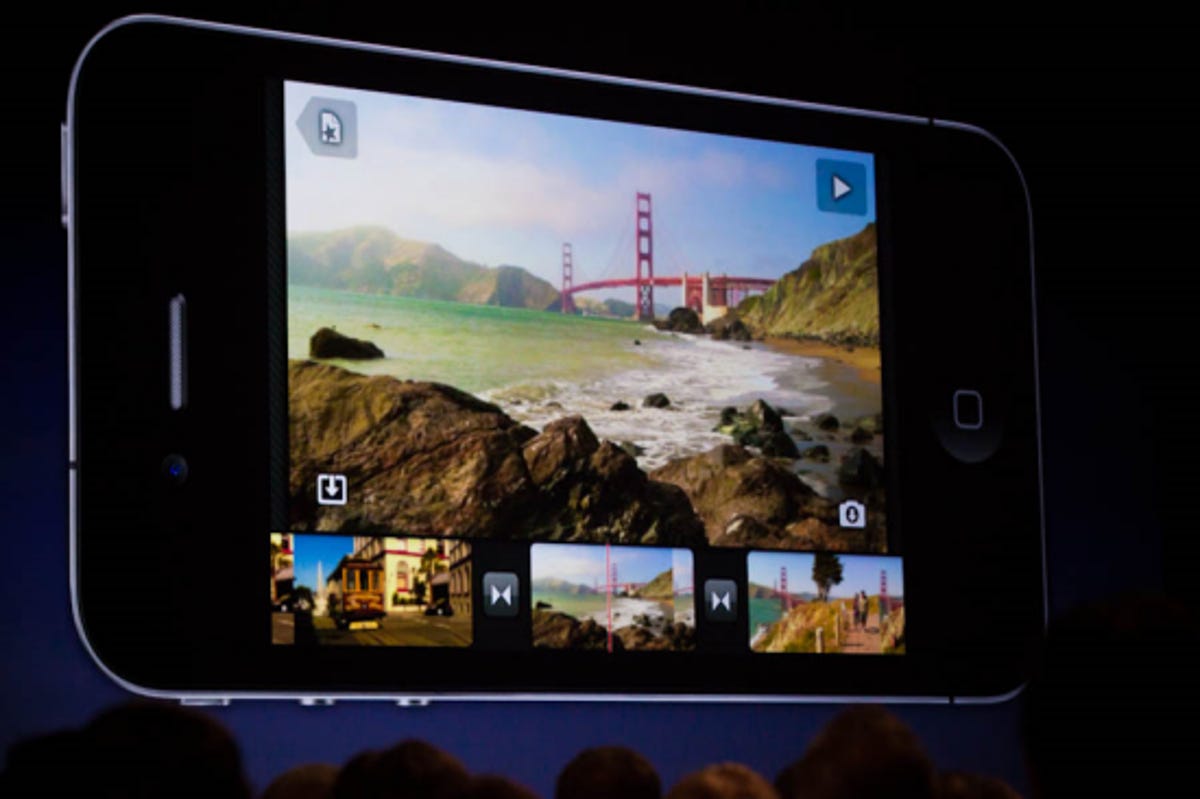Since Apple gave us a sneak peek back in April of what’s new on the iPhone’s latest OS, CEO Steve Jobs’ WWDC keynote speech (live blog) failed to blow us away. However, Jobs did claim 1,500 incremental improvements to the new operating system, including a new name: iOS 4.
New name: Apple is calling its new OS “iOS 4,” since it works for the iPhone, iPad, and iPod Touch.
Multitasking: At long last, we’ll be able to run multiple apps–including third-party apps–at the same time.
E-mail: iOS 4 gets a unified in-box for multiple e-mail accounts. It includes threaded e-mail conversations and the ability to delete all conversations at once.
Folders: Create folders by dragging one app on top of another, a good way to create a sort-of application launcher. You can rename folders and drag on more apps at any time.
Camera software: As camera hardware jumps from 3 megapixels to 5, the onboard software gets 5x digital zoom and tap to focus.
HD video recording: New to iOS 4 is a high-def recording rate of 720p at 30 frames per second (and keeps the LED flash on for HD recordings). One-click sharing from the phone.


James Martin/CNET
iMovie for iPhone: The iMovies app can edit HD videos from the phone. From there, you’ll be able to MMS, share videos via MobileMe, YouTube, and e-mail–but notably not through Facebook. iMovie will be able to pan and zoom and add effects, transitions, and themes. It will also tack geolocation into the movie titles. You can record videos directly into a video timeline and pinch to change the scale or drag to trim or edit the video. You’ll also be able to choose your export size. iMovie will cost $4.99 in the App Store.
Video conferencing: Taking advantage of the front-facing camera is support for video conferencing. FaceTime, as it’s called, works over Wi-Fi in landscape or portrait mode for any iOS 4 device with a front-facing camera. Wi-Fi only for now, but Jobs hinted that 3G is coming.
iBooks: Later this month, you’ll be able to annotate, tap to bookmark a page, view and read PDFs, and select between books or PDFs within your iBooks shelves. The table of contents will display all your bookmarks and notes.
Bing: Apple is adding Bing to iPhone’s search. You’ll be able to choose Google, Yahoo, or Bing for your search engine.
Enterprise integration: Data protection, device management, wireless app distribution, deeper VPN support, and support for multiple Exchange accounts (and Exchange Server 2010) are coming to iOS 4.
iAds: A new ad platform builds ads into apps, and keeps the app experience bound within the app. Translation: You won’t get kicked out of the app if you click an ad.
Miscellaneous additions: Half curl page transitions and draggable map annotations all for app developers.
Availability:
Developers get iOS 4 on Monday, which means that the general public won’t. iPhone 3GS, iPhone 3G, and iPod Touch (except the first generation) will get a free upgrade on their existing iPhones on June 21, though not all features will be supported off the bat–for example, FaceCall, which requires a front-facing camera that those devices don’t have.
Catch all iPhone and WWDC 2010 news at CNET.



